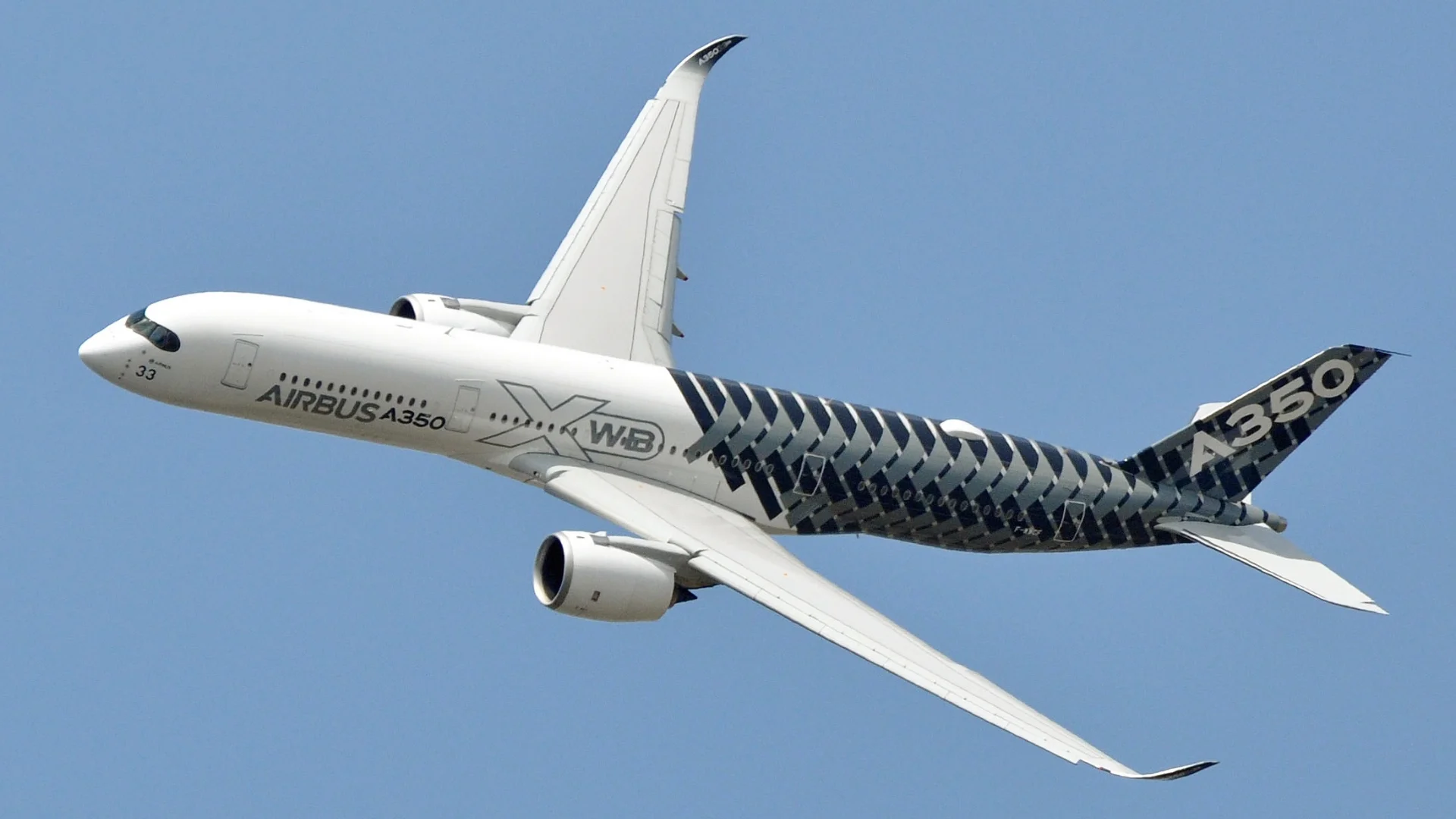Passenger aircraft, including the Airbus A350, cruise at altitudes above 30,000 feet where the air is too thin for breathing. To manage this, aircraft are pressurized to a level that balances safety and comfort. Traditionally, widebody aircraft were pressurized to around 8,000 feet equivalent. However, new models like the Airbus A350 can achieve a cabin pressure of about 6,000 feet.
The Airbus A350 is noted for its engineering features despite lacking large windows compared to competitors like the Boeing 787. According to Airbus, it stands out as the quietest in its category with increased cabin space due to near-vertical sidewalls and extensive carbon-fiber fuselage construction.
Older aircraft such as the Boeing 777-300ER and Airbus A330 maintain a cabin pressure of around 8,000 feet. While generally acceptable for most passengers, this altitude can contribute to symptoms associated with jet lag and other discomforts due to changes in blood oxygen levels and digestive issues.
 Alerts Sign-up
Alerts Sign-up










